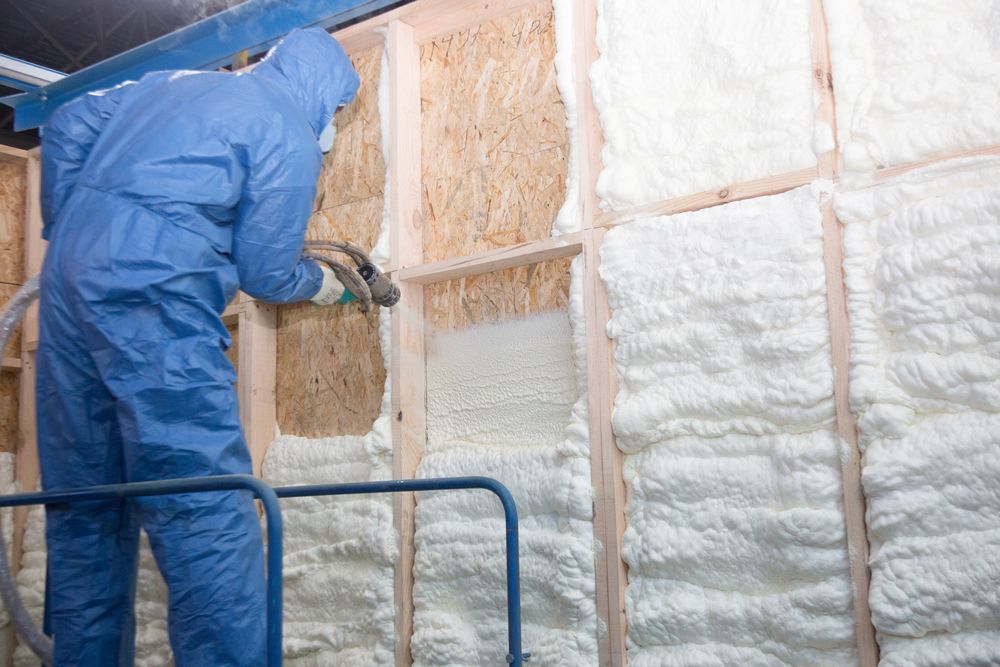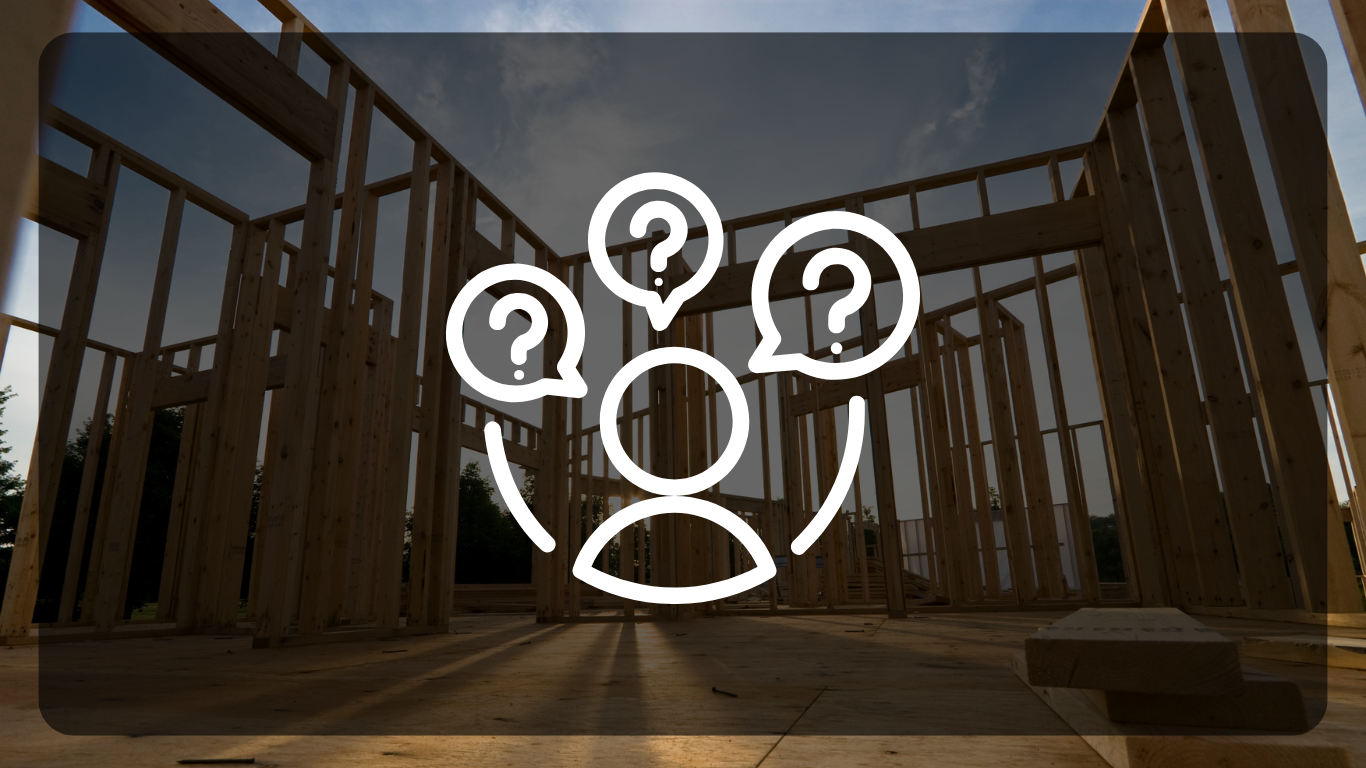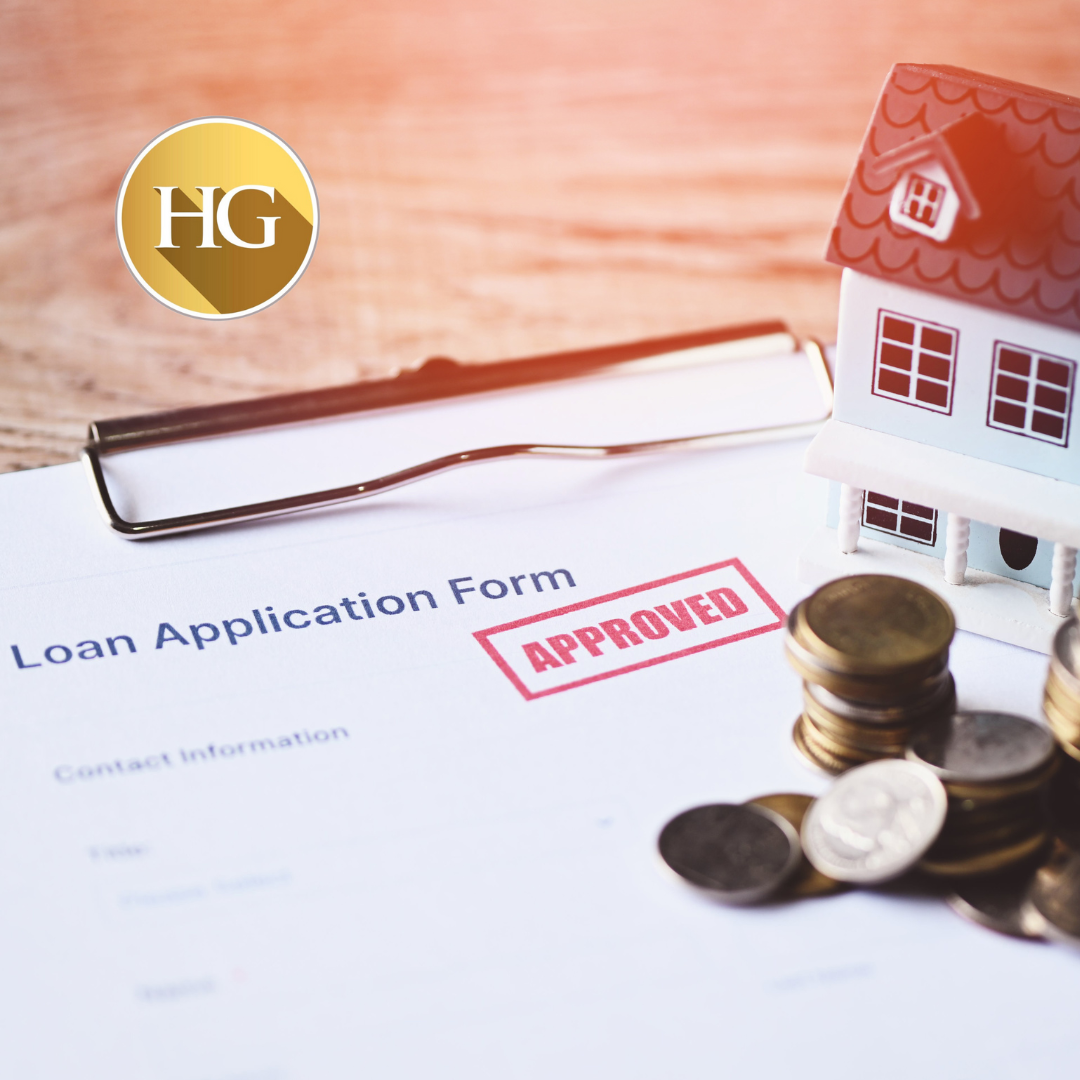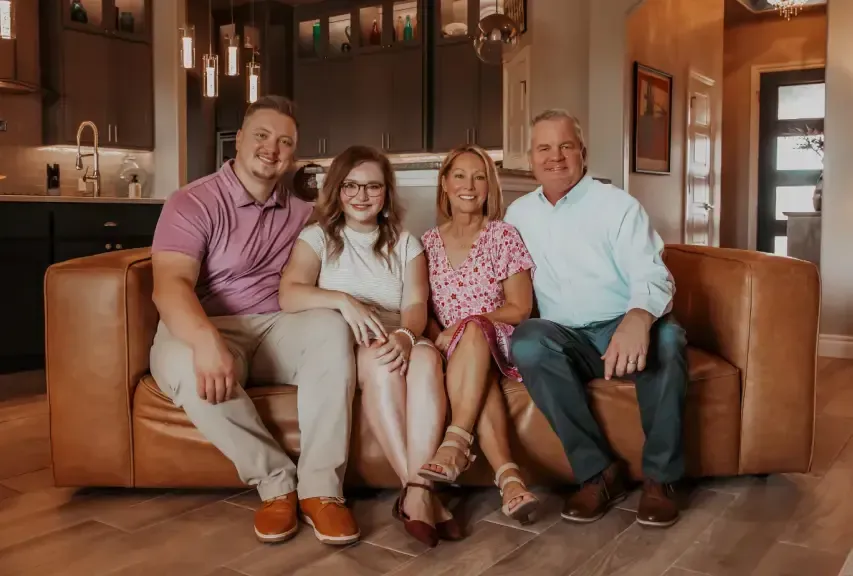Why Spray Foam Insulation is Far Superior

Why Spray Foam Insulation is Far Superior
Insulation plays a vital role in ensuring comfort, energy efficiency, and durability. With a variety of insulation options available fiberglass, cellulose, spray foam it can be challenging to decide which one is right for your needs. However, one insulation type stands out for its superior performance, versatility, and long-term benefits: spray foam insulation.
At Hunter-Garrett Fine Homes, we use spray foam insulation for new construction homes because it offers unmatched advantages over traditional insulation methods. I’m sure you’re wondering why spray foam insulation is so great?
1. Superior Energy Efficiency
The primary function of insulation is to prevent the transfer of heat between the inside and outside of your home. Traditional insulation methods, such as fiberglass or cellulose, can sometimes leave gaps or compress over time, reducing their effectiveness. Spray foam insulation, on the other hand, expands upon application, filling even the smallest cracks and gaps in walls, attics, and crawl spaces.
This expansion creates a seamless barrier that blocks heat transfer more effectively than other insulation types, keeping your home cooler in the summer and warmer in the winter. As a result, homes with spray foam insulation typically experience significant reductions in energy costs saving you money on heating and cooling bills year-round.
2. Air Tightness and Reduced Air Leaks
One of the key advantages of spray foam insulation is its ability to form an airtight seal. This airtight seal not only enhances thermal performance but also prevents drafts and reduces air leaks throughout your home.
In fact, air leaks are one of the most significant causes of energy loss in homes, and spray foam insulation can drastically reduce this problem. This means better indoor air quality and more consistent temperatures inside your home. Whether it’s sealing around windows, doors, or electrical outlets, spray foam ensures your home remains tightly sealed from the outside elements.
3. Moisture and Mold Resistance
Moisture can be a significant issue in homes, especially in areas like attics, basements, and crawl spaces. Traditional insulation materials such as fiberglass and cellulose can absorb moisture, which not only reduces their insulating properties but can also promote the growth of mold and mildew. Over time, this can lead to health problems and costly repairs.
Spray foam insulation is water-resistant and won’t absorb moisture, making it an excellent choice for preventing mold growth in damp areas. By preventing moisture buildup, spray foam also protects your home’s structural integrity, ensuring that your home stays dry and free from mold-related damage.
4. Longevity and Durability
Another key benefit of spray foam insulation is its long lifespan. Traditional insulation types can degrade or settle over time, losing their effectiveness. Spray foam, however, maintains its performance over the years. The rigid structure created by spray foam helps prevent it from shifting, sagging, or breaking down, unlike other materials that may require frequent maintenance or replacement.
Spray foam can last the lifetime of your home, providing you with long-term benefits and reducing the need for costly repairs or re-insulation down the road.
5. Improved Soundproofing
In addition to providing superior thermal insulation, spray foam also offers exceptional soundproofing benefits. The dense, expanding foam creates a barrier that helps reduce noise from both inside and outside your home. Whether you want to block out traffic noise, create a quiet home office, or reduce sound between rooms, spray foam insulation can help.
Because it fills gaps and voids in walls, ceilings, and floors, it significantly reduces airborne noise transmission, making it an ideal choice for families or homeowners who value peace and quiet.
6. Environmentally Friendly
If you’re looking for a more sustainable, eco-friendly option, spray foam insulation is the way to go. Many spray foam products today are made with environmentally conscious materials, and they are often free from harmful chemicals like CFCs or HCFCs, which contribute to ozone depletion. In addition, spray foam has a high R-value per inch (the measure of insulation’s ability to resist heat flow), meaning it provides superior performance with less material.
Additionally, by reducing your home’s energy consumption and increasing its overall energy efficiency, spray foam insulation helps decrease your home’s carbon footprint, making it a greener, more sustainable choice for your new home.
7. Enhanced Comfort
Spray foam insulation creates a much more comfortable living environment compared to traditional insulation. With its ability to create a tight seal, spray foam eliminates drafts and cold spots, providing a consistent temperature throughout your home. Whether it’s Oklahoma’s winter chill that creeps into your bones or the scalding summer heat, spray foam keeps your home comfortable year-round.
8. Increased Home Value
When building or remodeling a home, investing in high-quality insulation can enhance the overall value of your property. Spray foam insulation can make your home more attractive to potential buyers because it offers long-term energy savings, durability, and comfort. Homes with superior insulation are often viewed as more energy-efficient, and as energy efficiency becomes an increasingly important factor for homebuyers, spray foam can increase your home’s value.
With its higher initial cost compared to traditional insulation, the energy savings over time and the long-term benefits of spray foam insulation provide reassurance in not only your home's quality but also its value.
9. Minimal Disruption During Installation
While other insulation types often require extensive prep work and multiple steps, spray foam insulation is applied directly to the surfaces and expands quickly, making installation relatively hassle-free. This means that spray foam can be installed with minimal disruption to your construction timeline, helping keep the overall project on track.
Spray foam can be applied to difficult-to-reach spaces, such as crawl spaces, attics, and gaps around windows or doors, ensuring maximum coverage without the need for complicated installation techniques.
Closing Thoughts: Spray Foam is the BEST Choice
When it comes to insulating your new custom home, spray foam insulation offers unmatched benefits compared to traditional insulation options. From superior energy efficiency and airtight seals to moisture resistance and long-lasting durability, spray foam is the clear winner in terms of performance and cost-effectiveness. Its ability to enhance comfort, reduce energy bills, and provide a healthier, more sustainable living environment makes it the ideal choice for homeowners who want the best for their new home and their family.
At Hunter-Garrett Fine Homes, we are committed to using the best materials and technologies to build homes that are both beautiful and functional. By incorporating spray foam insulation into our custom homes, we ensure that your home is not only energy-efficient but also built to last.



